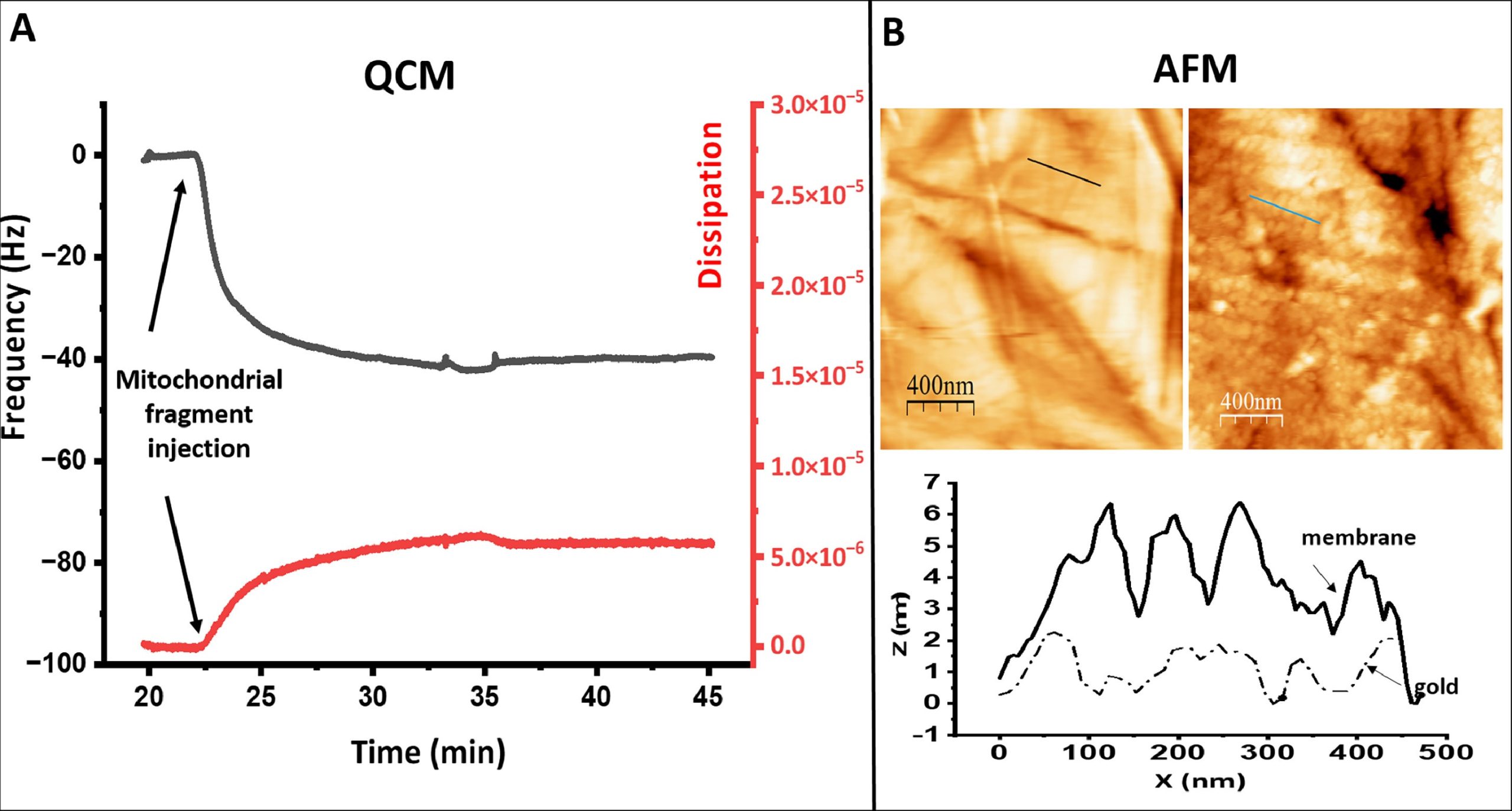The plasticity and growth of plant cell walls (CWs) is still not sufficiently understood on its molecular level. *
Atomic Force Microscopy (AFM) has been shown to be a powerful tool to measure the stiffness of plant tissues. *
In the article “Correlation between plant cell wall stiffening and root extension arrest phenotype in the combined abiotic stress of Fe and Al” Harinderbir Kaur, Jean-Marie Teulon, Christian Godon, Thierry Desnos, Shu-wen W. Chen and Jean-Luc Pellequer describe the use of atomic force microscopy (AFM) to observe elastic responses of the root transition zone of 4-day-old Arabidopsis thaliana wild-type and almt1-mutant seedlings grown under Fe or Al stresses. *
In order to evaluate the relationship between root extension and root cell wall elasticity, the authors used Atomic Force Microscopy to perform vertical indentations on surfaces of living plant roots. *
NanoWorld Pyrex-Nitride silicon-nitride PNP-TR AFM probes with triangular AFM cantilevers were used for the nanoindentation experiments with atomic force microscopy. (PNP-TR AFM cantilever beam 2 (CB2) with a typical force constant of 0.08 N/m and a typical resonant frequency of 17 kHz, typical AFM tip radius 10 nm, macroscopic half cone angles 35°). *
Force-distance (F-D) curves were measured using the Atomic Force Microscope and the PNP-TR AFM tips. *
Because of the heterogeneity of seedling CW surfaces, Harinderbir Kaur et al. used the recently developed trimechanics-3PCS framework for interpreting force-distance curves. The trimechanics-3PCS framework allows the extraction of both stiffness and elasticity along the depth of indentation and permits the investigation of the variation of stiffness with varied depth for biomaterials of heterogeneous elasticity responding to an external force. *
A glass slide with a glued seedling (see Figure 1 cited below) was positioned under the AFM cantilever with the help of an AFM optical camera. Due to the large motorized sample stage of the AFM, the glass slide was adjusted in such a way that the AFM cantilever could be positioned perpendicularly at the longitudinal middle of the glued root. The target working area, the transition zone, was 500 µm away from the root apex, almost twice the length of PNP-TR AFM cantilever. *
As shown in the article the presence of single metal species Fe2+ or Al3+ at 10 μM exerts no noticeable effect on the root growth compared with the control conditions. On the contrary, a mix of both the metal ions produced a strong root-extension arrest concomitant with significant increase of CW stiffness. *
Raising the concentration of either Fe2+or Al3+ to 20 μM, no root-extension arrest was observed; nevertheless, an increase in root stiffness occurred. In the presence of both the metal ions at 10 μM, root-extension arrest was not observed in the almt1 mutant, which substantially abolishes the ability to exude malate. The authors’ results indicate that the combination of Fe2+and Al3+ with exuded malate is crucial for both CW stiffening and root-extension arrest. *
It is shown that the elasticity of plant CW is sensitive and can be used to assess abiotic stresses on plant growth and stiffening. *
However, stiffness increase induced by single Fe2+ or Al3+ is not sufficient for arresting root growth in the described experimental conditions and unexpectedly, the stiffening and the phenotype of seedling roots such as REA are not directly correlated. *

Principle of nanomechanical measurement of seedling roots with atomic force microscopy.
A seedling root (R) is deposited on a microscope slide using silicon glue (N, for Nusil). A fastening band of silicon is seen near the tip of the root (T). The thickness of the fastening band must be thin enough to avoid hindering the AFM support (S), but thick enough to withstand the bending of the root tip. The root is placed under the AFM cantilever (C) as observed by the AFM optical camera. The triangular shaped cantilever (200 µm long) was placed 500 µm away from the root tip in the transition zone where nanoindentation measurements proceeded (as shown). The seedling root and the AFM cantilever are placed within a liquid environment (growth solution, see Supplementary file of the cited article). AFM, atomic force microscopy.
*Harinderbir Kaur, Jean‐Marie Teulon, Christian Godon, Thierry Desnos, Shu‐wen W. Chen and Jean‐Luc Pellequer
Correlation between plant cell wall stiffening and root extension arrest phenotype in the combined abiotic stress of Fe and Al
Plant, Cell & Environment 2024; 47:574–584
DOI: https://doi.org/10.1111/pce.14744
The article “Correlation between plant cell wall stiffening and root extension arrest phenotype in the combined abiotic stress of Fe and Al” by Harinderbir Kaur, Jean‐Marie Teulon, Christian Godon, Thierry Desnos, Shu‐wen W. Chen and Jean‐Luc Pellequer is licensed under a Creative Commons Attribution 4.0 International License, which permits use, sharing, adaptation, distribution and reproduction in any medium or format, as long as you give appropriate credit to the original author(s) and the source, provide a link to the Creative Commons license, and indicate if changes were made. The images or other third-party material in this article are included in the article’s Creative Commons license, unless indicated otherwise in a credit line to the material. If material is not included in the article’s Creative Commons license and your intended use is not permitted by statutory regulation or exceeds the permitted use, you will need to obtain permission directly from the copyright holder. To view a copy of this license, visit https://creativecommons.org/licenses/by/4.0/.


